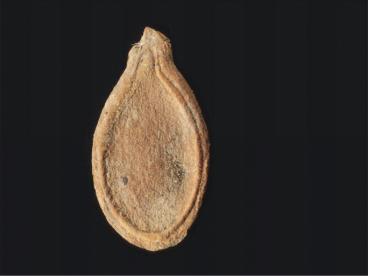Nerve activates contraction - PowerPoint PPT Presentation
1 / 23
Title:
Nerve activates contraction
Description:
Figure 30.15 Relationship between a pea flower and a fruit (pea pod) ... and honeybee (left), hummingbird (top right), baobab tree and bat (bottom right) ... – PowerPoint PPT presentation
Number of Views:34
Avg rating:3.0/5.0
Title: Nerve activates contraction
1
(No Transcript)
2
Figure 30.1 Three variations on
gametophyte/sporophyte relationships
3
Figure 30.2 From ovule to seed
4
(No Transcript)
5
Figure 30.5c Phylum Ginkgophyta Ginkgo biloba
6
Figure 30.6 Phylum Cycadophyta cycads
7
Figure 30.7c Phylum Gnetophyta Ephedra
8
Figure 30.8b Phylum Coniferophyta Sequoia
9
Figure 30.9 The life cycle of a pine (Layer 3)
10
Figure 30.10 A closer look at pine cones (Pinus
sp.)
11
(No Transcript)
12
(No Transcript)
13
Figure 30.11 Representatives of major angiosperm
clades
14
Figure 30.12 Xylem cells in angiosperms
15
Figure 30.13a The structure of a flower
16
Figure 30.15 Relationship between a pea flower
and a fruit (pea pod)
17
Figure 30.16 Fruit adaptations that enhance seed
dispersal Red berries (left), dandelion (right)
18
Table 30.1 Classification of Fleshy Fruits
19
Figure 30.17 The life cycle of an angiosperm
20
(No Transcript)
21
(No Transcript)
22
Figure 30.18 Flower-pollinator relationships
Scottish broom flower and honeybee (left),
hummingbird (top right), baobab tree and bat
(bottom right)
23
Table 30.2 A Sampling of Medicines Derived from
Plants































